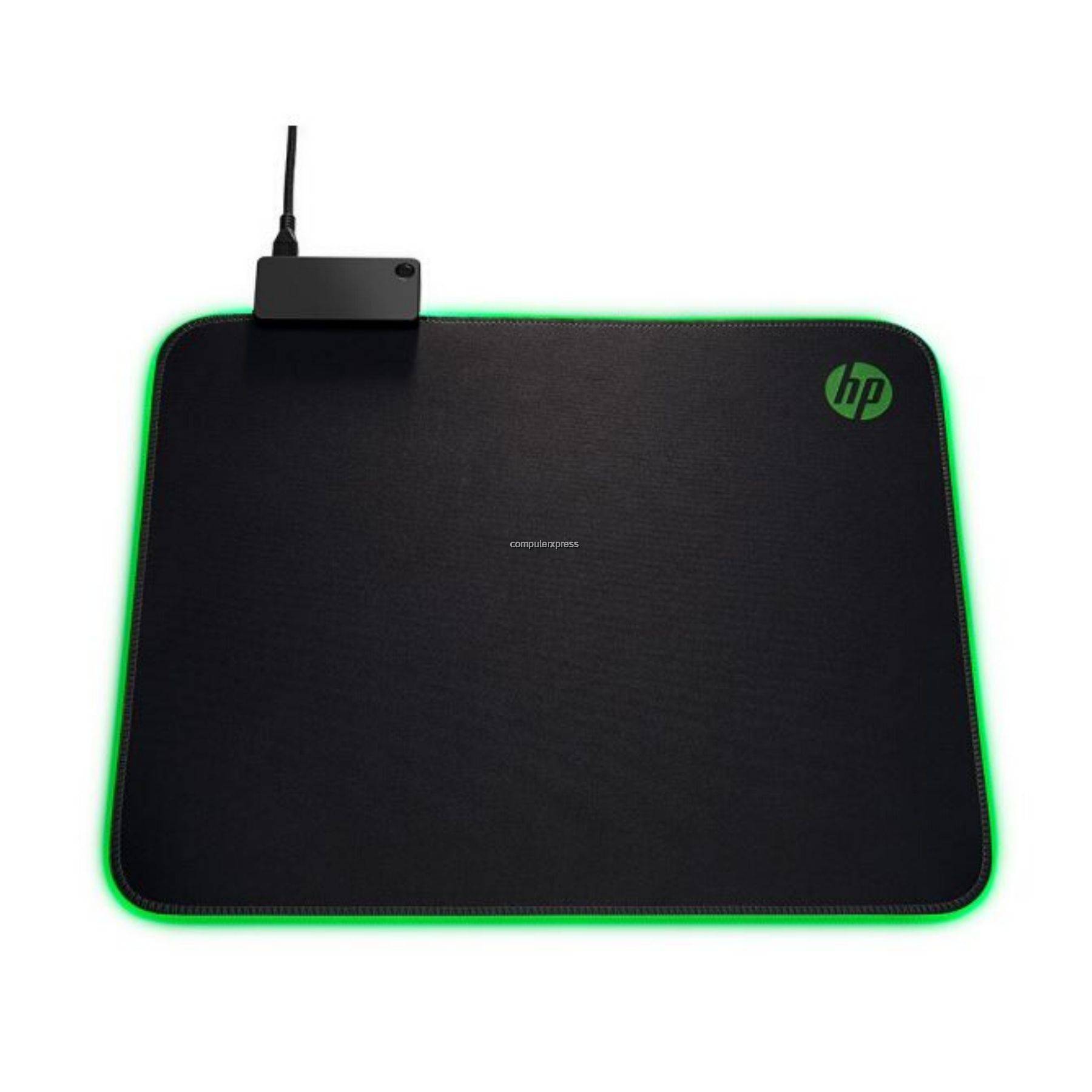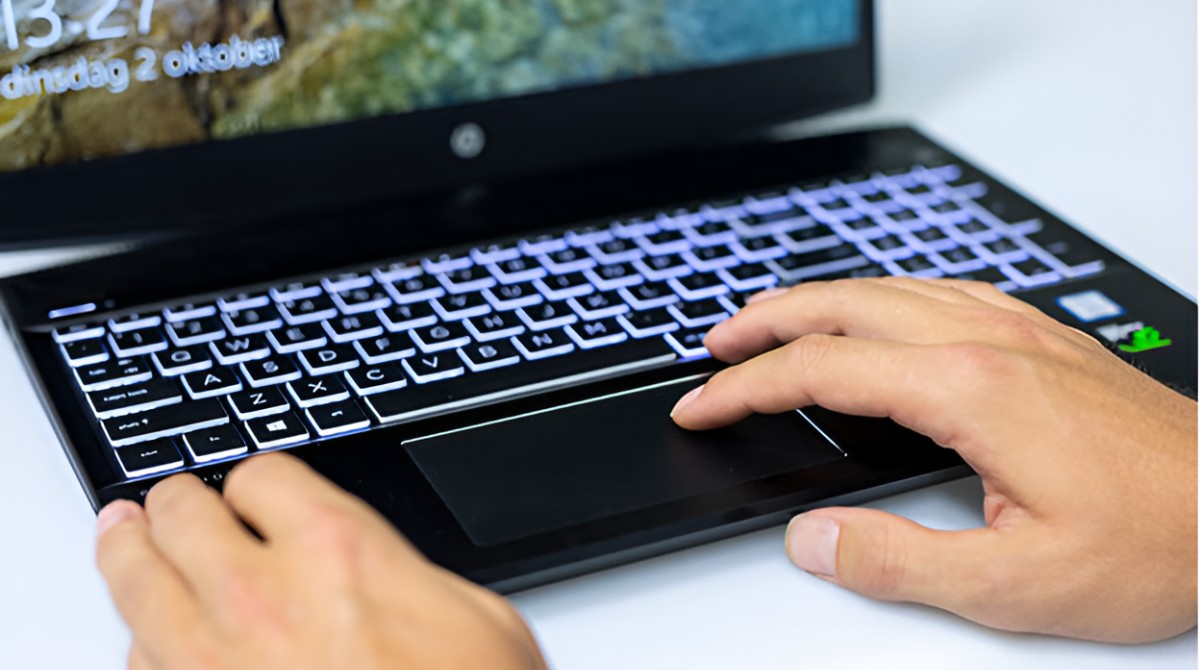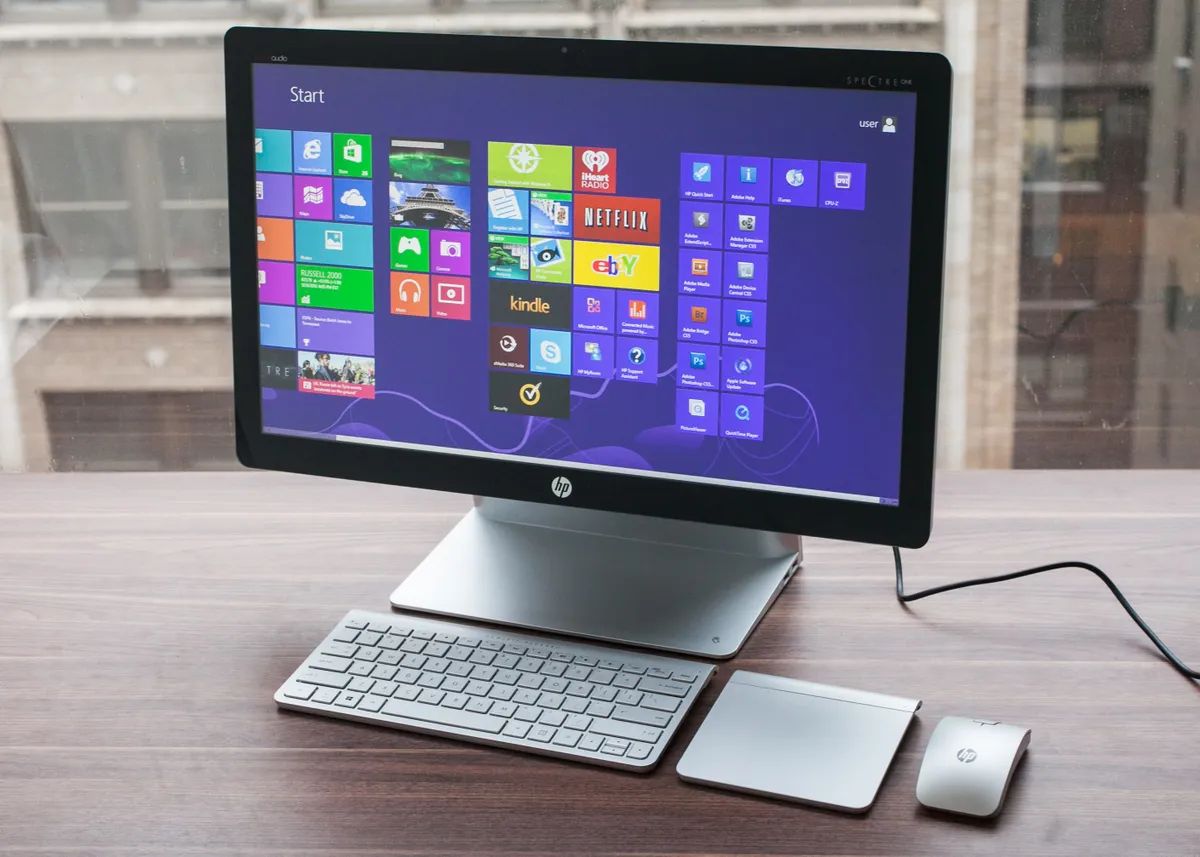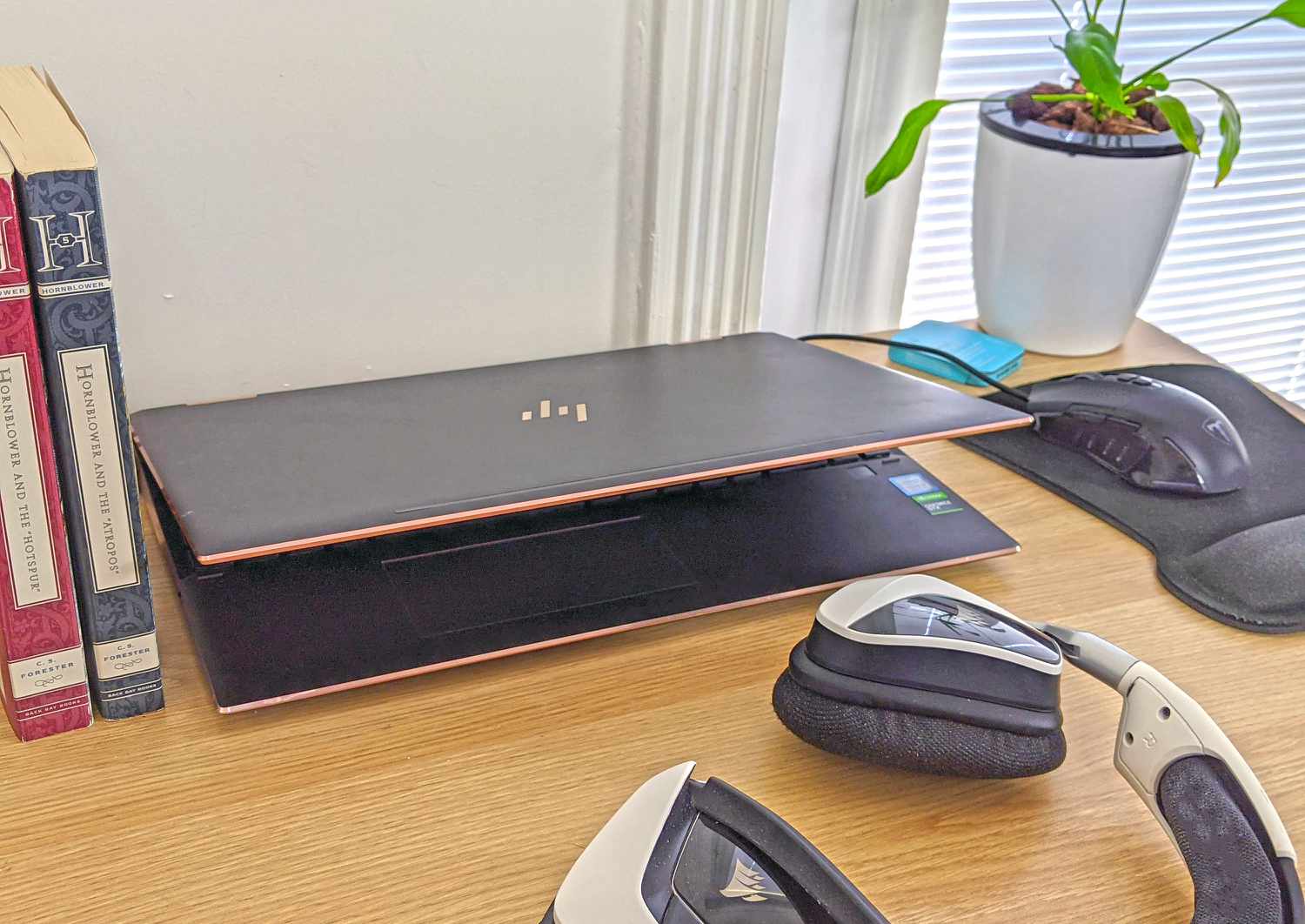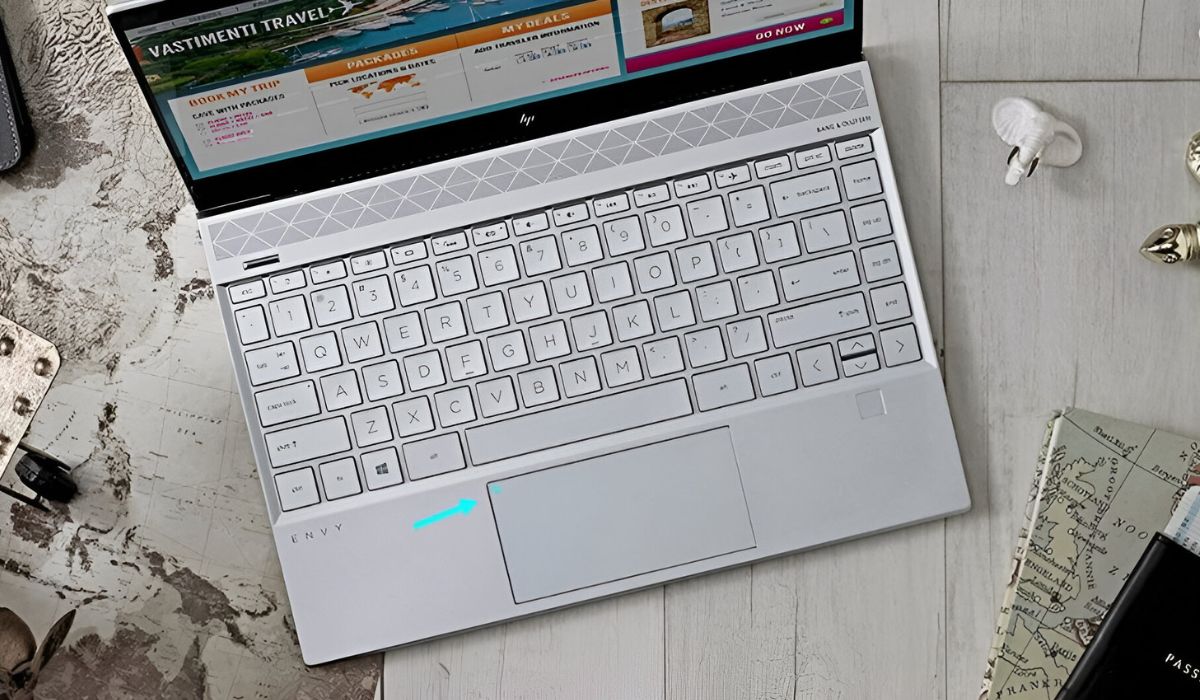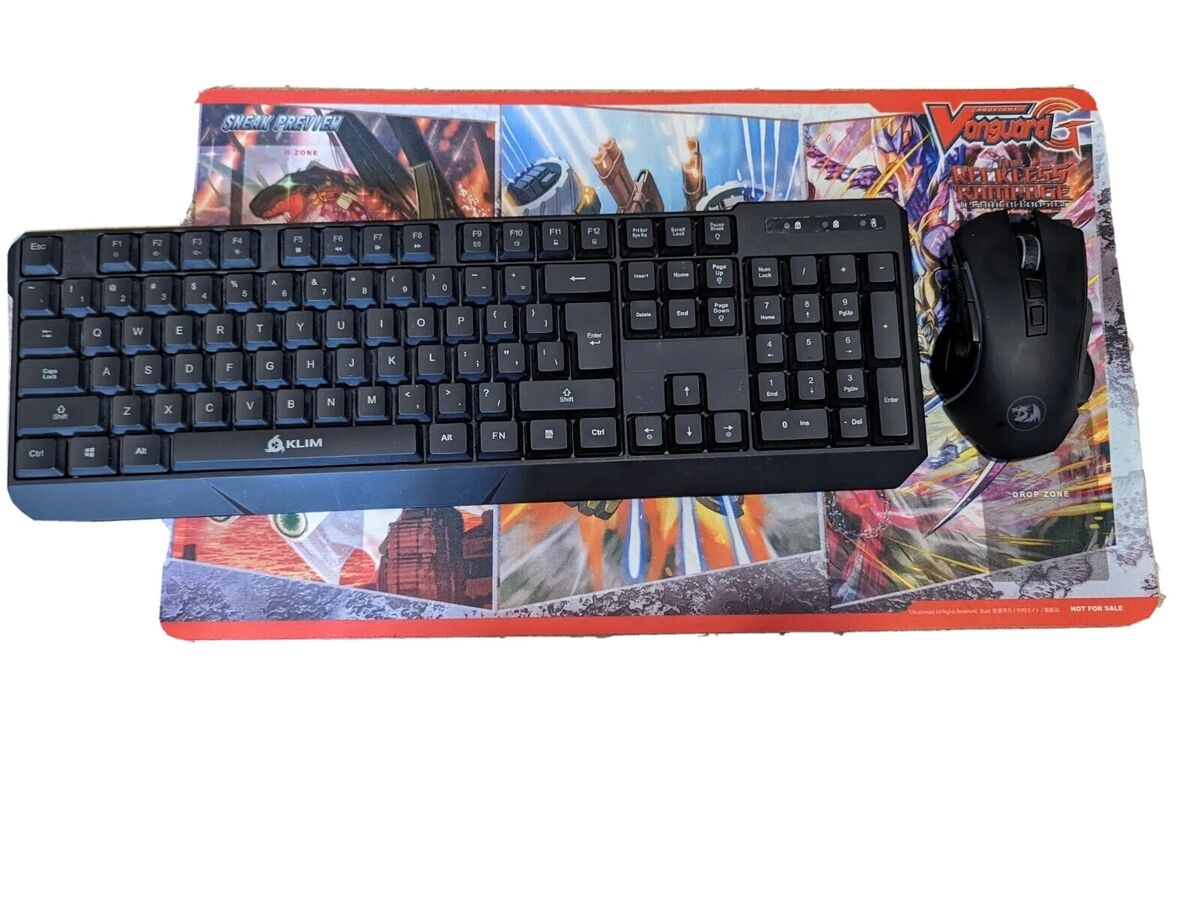Introduction
Are you experiencing frustration with a non-responsive or disabled mouse pad on your HP laptop? The mouse pad, also known as a touchpad, is a vital component for navigating your device, and encountering issues with its functionality can be exasperating. However, fear not, as there are several troubleshooting methods to rectify this inconvenience and restore seamless operation to your laptop's mouse pad.
In this comprehensive guide, we will explore a range of troubleshooting techniques to address the unresponsive or disabled mouse pad on your HP laptop. Whether the issue stems from software settings, driver malfunctions, or physical damage, we will equip you with the knowledge and steps necessary to diagnose and resolve the problem effectively.
By following the step-by-step instructions provided in this guide, you can regain control of your mouse pad and enhance your overall user experience. Let's delve into the various strategies to unlock your HP laptop's mouse pad and ensure that it functions optimally. Whether you are a seasoned tech enthusiast or a novice user, this guide is designed to empower you with the expertise to tackle this common issue with confidence.
Check the Mouse Pad Settings
When faced with an unresponsive or disabled mouse pad on your HP laptop, the first step is to examine the device’s settings to ensure that the touchpad functionality is enabled and properly configured. To access the mouse pad settings, follow these simple steps:
- Accessing Mouse Pad Settings: Begin by navigating to the “Control Panel” on your HP laptop. Once in the Control Panel, locate and click on the “Mouse” or “Mouse Pad” option. This will open the settings panel specific to your laptop’s touchpad.
- Enabling the Mouse Pad: Within the touchpad settings, verify that the touchpad is enabled. If it is disabled, simply click on the option to enable the touchpad functionality. Some HP laptops have a physical switch located near the touchpad that can also enable or disable the touchpad. Ensure that this switch is in the “on” position.
- Adjusting Sensitivity and Gestures: While in the touchpad settings, you can fine-tune the sensitivity of the touchpad and customize gesture controls to suit your preferences. Experiment with these settings to determine if any adjustments can improve the responsiveness of the touchpad.
After making the necessary adjustments in the touchpad settings, test the functionality of the mouse pad to see if the issue has been resolved. If the touchpad remains unresponsive, proceed to the next troubleshooting step to further diagnose and address the problem.
Update or Reinstall the Mouse Pad Driver
If the mouse pad on your HP laptop continues to exhibit unresponsiveness or erratic behavior, the next course of action involves examining and, if necessary, updating or reinstalling the touchpad driver. The touchpad driver serves as the intermediary between the hardware and the operating system, and outdated or corrupted drivers can lead to functionality issues. Follow these steps to update or reinstall the touchpad driver:
- Accessing Device Manager: Begin by accessing the “Device Manager” on your HP laptop. To do this, right-click on the “Start” button and select “Device Manager” from the menu that appears.
- Locating the Touchpad Driver: In the Device Manager window, locate the category labeled “Mice and other pointing devices.” Within this category, you should find the touchpad driver listed. It is often denoted as “Synaptics” or “Elan” touchpad driver, depending on the specific model of your HP laptop.
- Updating the Driver: Right-click on the touchpad driver and select “Update driver.” Follow the on-screen prompts to allow Windows to search for and install the latest driver updates for the touchpad. If updates are found, proceed with the installation process.
- Reinstalling the Driver: If updating the driver does not resolve the issue, you may consider reinstalling the touchpad driver. To do this, right-click on the touchpad driver in the Device Manager and select “Uninstall device.” Once the driver is uninstalled, restart your laptop. Upon restarting, Windows will automatically reinstall the touchpad driver.
After updating or reinstalling the touchpad driver, test the functionality of the mouse pad to determine if the issue has been resolved. If the touchpad continues to malfunction, proceed to the next troubleshooting step to further diagnose and address the problem.
Enable the Mouse Pad using Keyboard Shortcuts
If your HP laptop’s mouse pad remains unresponsive, another effective troubleshooting method involves utilizing keyboard shortcuts to enable the touchpad functionality. HP laptops often feature keyboard shortcuts that allow users to toggle the touchpad on or off with a simple key combination. Follow these steps to enable the mouse pad using keyboard shortcuts:
- Locate the Touchpad Toggle Key: HP laptops typically have a designated function key that allows users to toggle the touchpad on or off. Look for an icon on one of the function keys that resembles a touchpad or includes an image of a touchpad.
- Activate the Touchpad: While holding down the “Fn” (function) key, press the designated touchpad toggle key. This key combination is specific to each HP laptop model but often involves pressing “Fn” along with the corresponding function key that controls the touchpad.
- Test the Touchpad Functionality: After using the keyboard shortcut to enable the touchpad, test its functionality to determine if the issue has been resolved. Move the cursor and perform gestures on the touchpad to ensure that it is responsive and functioning as expected.
By utilizing keyboard shortcuts to enable the touchpad, you can swiftly restore its functionality without the need for extensive troubleshooting or software adjustments. If the touchpad remains unresponsive, proceed to the next troubleshooting step to further diagnose and address the problem.
Check for Physical Damage
Physical damage to the touchpad or its surrounding components can lead to unresponsiveness or erratic behavior. It is essential to inspect the physical condition of the touchpad and its associated hardware to identify any potential issues that may be causing the problem. Follow these steps to check for physical damage and ensure the touchpad is in optimal condition:
- Visual Inspection: Carefully examine the touchpad for any visible signs of damage, such as cracks, scratches, or irregularities in the surface. Additionally, check the area surrounding the touchpad for any debris or obstructions that may be affecting its functionality.
- External Mouse Connection: If you are using an external mouse with your HP laptop, disconnect it and observe the behavior of the touchpad independently. Sometimes, conflicts between the external mouse and the touchpad can lead to functionality issues.
- Hardware Diagnostics: HP laptops often include built-in hardware diagnostic tools that can help identify issues with the touchpad and other components. Access the hardware diagnostics utility and run tests specifically targeting the touchpad to detect any underlying hardware issues.
- External Mouse Testing: If available, connect an external mouse to your laptop and assess its functionality. This can help determine if the issue is isolated to the touchpad or if it extends to other input devices.
By conducting a thorough assessment of the touchpad and its surrounding components, you can identify and address any physical damage or hardware-related issues that may be impeding the touchpad’s functionality. If physical damage is detected, it may be necessary to seek professional assistance for repairs or replacement of the affected components.
Conclusion
Resolving issues with an unresponsive or disabled mouse pad on your HP laptop is essential for maintaining a seamless and efficient computing experience. By employing the troubleshooting methods outlined in this guide, you can effectively diagnose and address the underlying causes of touchpad malfunctions, restoring its functionality and enhancing your overall user experience.
From checking the touchpad settings and updating/reinstalling the touchpad driver to utilizing keyboard shortcuts and inspecting for physical damage, each step is designed to empower you with the knowledge and tools to tackle this common issue with confidence. By following these troubleshooting techniques, you can regain control of your HP laptop’s touchpad and ensure that it operates optimally.
It is important to note that persistent touchpad issues may necessitate professional assistance or hardware repairs. If the troubleshooting methods outlined in this guide do not resolve the problem, reaching out to HP support or a certified technician can provide further insight and solutions to address the issue effectively.
By staying proactive and informed, you can navigate touchpad-related challenges with ease, ensuring that your HP laptop remains a reliable and efficient tool for both work and leisure. Remember, a responsive and functional touchpad is instrumental in streamlining your daily tasks and enhancing productivity, making it a worthwhile endeavor to address any touchpad-related issues promptly.







